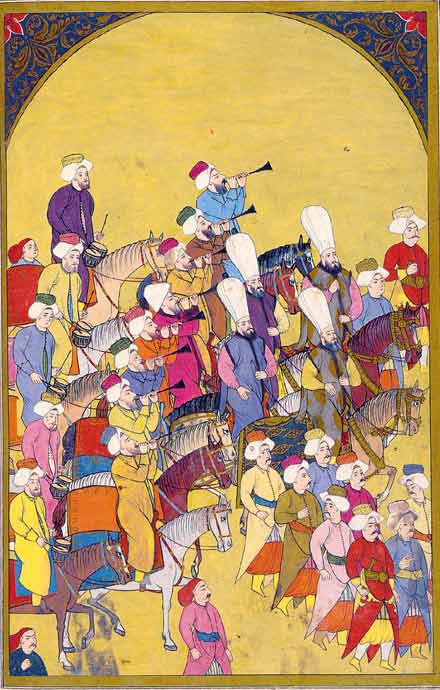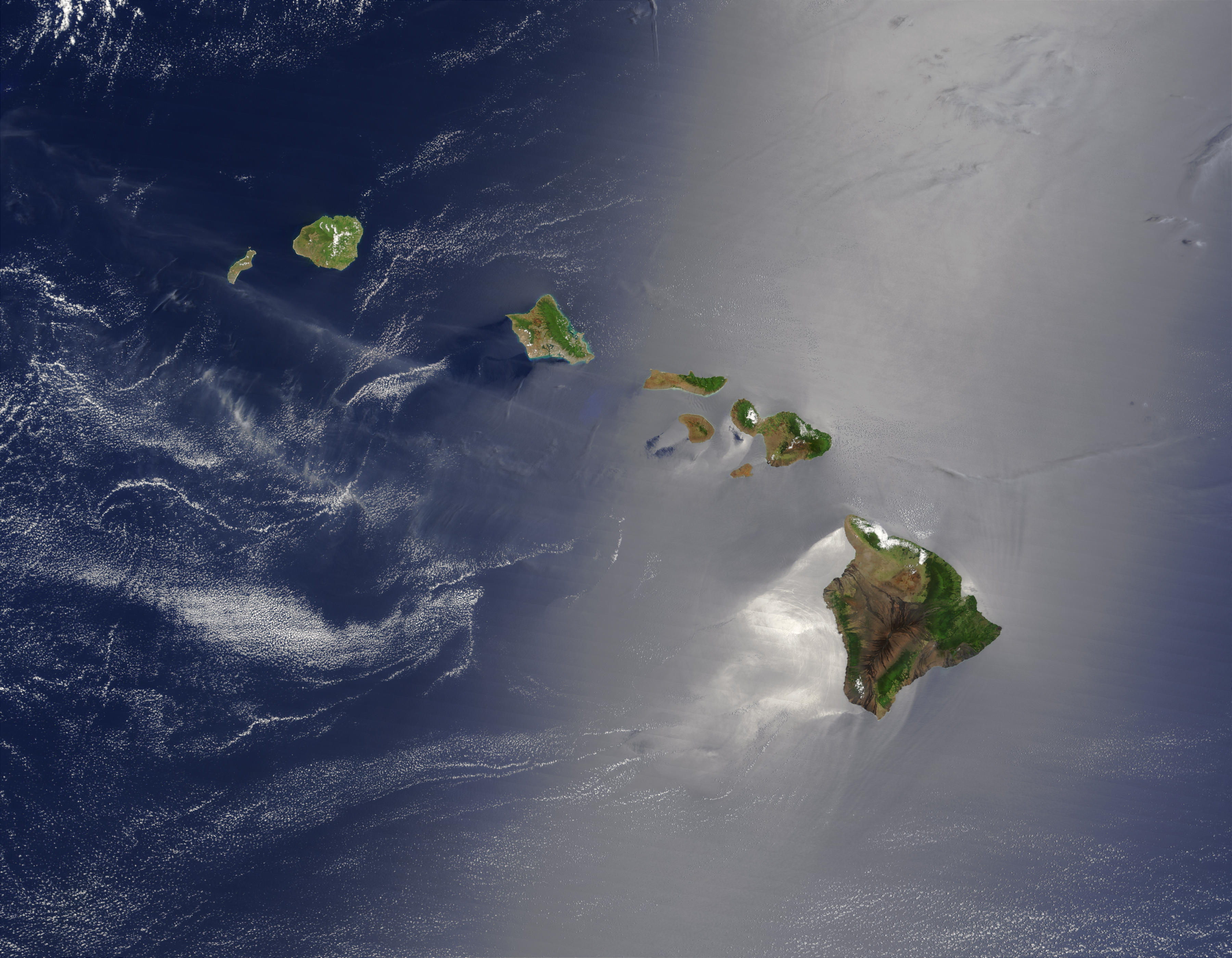Welcome back. In our last post, we looked at the early history of the Ottoman Empire and how it rose to power. We saw how the empire declined after the battle of Lepanto, and how it made an effort in the early 20th century to reassert itself through the first world war. Let us now discuss the war and aftermath.
 |
| World War I Alliances |
When World War I broke out, the Ottoman Empire sided with the central powers, namely Austria-Hungary, and Germany. Although this came as a surprise to the British and French, some might have seen it coming. The Ottomans had by this time had a long relationship with Germany. German engineers and manufacturers had helped the empire break into the industrial revolution. German military officers had been influential in mechanising the empire's armies. There was even talk of a great Berlin to Baghdad railway. One other major factor, was that the allied powers (Britain, France and Russia) had more territory that the Ottomans wanted to conquer than the central powers. Britain had taken Egypt from the empire and Russia had always looked at the city of Istanbul with a hungry eye. From a territorial perspective, the central powers were the obvious choice.
 |
| T.E. Lawrence |
At the beginning of the war, Germany sent military advisers to the Ottomans and many German generals actually commanded Ottoman armies. A fierce campaign was waged in the north as the Ottomans and Russians battled over the Caucasus, but after the Communist revolution of 1917, that front quieted down. The most action was seen in the South where the British launched attacks from their bases in Egypt and India. After hard fighting, the British eventually took Baghdad, and secured the flow of Iraqi oil for the allies. Perhaps the most romantic episode, in an otherwise bleak and desolate war, occurred in the Arabian peninsula when a British captain named T.E. Lawrence inspired the Arabs to revolt against their Turkish overlords and wreak havoc on the empire. Lawrence helped the main British forces in Egypt by destroying Turkish railways, bridges, and communications. The British took Jerusalem in 1917, and when Damascus fell in 1918, the Ottoman government surrendered to the Allies.
What followed was a division of the Ottoman Empire by the allied countries of Britain and France. These countries received mandates from the newly created League of Nations to govern the Middle East. Britain got Palestine (Israel), Iraq, and Arabia. France got the Lebanon, and Syria. Very soon the native Arabs of these countries grew impatient with the Europeans. During the British mandate of Palestine, a large number of Jewish immigrants started to arrive and build their own communities. This trend was increased during and after World War II as the Nazis expelled and persecuted the Jewish people. Eventually the British relented to international pressure and relinquished its control of Palestine and turned the matter over to the newly formed United Nations. The UN divided Palestine between the Arab and Jewish peoples with Jerusalem as an international city. Needless to say, the partition didn't last long. After a fierce war of independence, the Jewish (now called Israelis) people formed the modern state of Israel. The tension between this state and the Arab states surrounding it has been the source of much, though not all, of the tension of the Middle East.
 |
| Modern Middle East |
Although the regions of the Middle East have large reserves of natural resources and labor pools, the area remains poor due to the instability caused by internal as well as external strife. None of the Arab countries can fully accept the Jewish state of Israel. All of the countries in the region have tense relations with some, if not all of their neighbors. Corrupt and despotic regimes control most of the countries which causes great suffering for the inhabitants and retardation of their economies. Indeed, much of the money that the Middle Eastern countries make, come from petroleum exports. For countries with no petroleum, such as Lebanon and Jordan, the economies remain even smaller. With such a history, peace seems far and elusive for the Middle East. The way that the region went from such glory and riches at the height of the Ottoman empire, to the division and poverty of the current times should serve as a lesson for other countries to study and learn.




+1.jpg)
